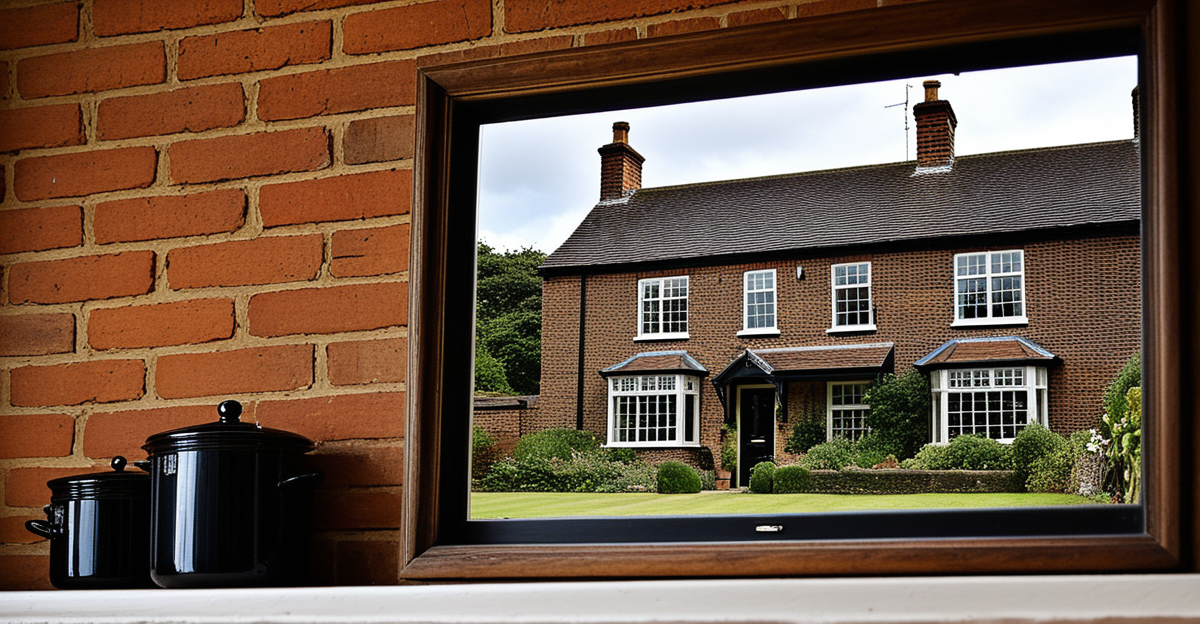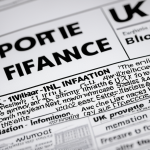Essential Maintenance Tasks for Traditional UK Homes
Traditional house upkeep requires a clear focus on routine checks to safeguard the integrity and charm of period properties. In the UK home maintenance context, adhering to key annual and seasonal inspections helps prevent small issues from escalating into costly repairs. Regular assessments of structural elements, timber, and damp areas form the backbone of any effective maintenance schedule.
The importance of regular inspections stems from the unique vulnerabilities of older homes, which may not benefit from modern construction techniques. For example, timber frames and lime mortar used in many period homes demand attentive care to avoid decay and erosion. A thorough inspection every six months is advisable, particularly before and after extreme weather seasons, to identify problems such as water ingress or material fatigue early.
Also to discover : How Does Home Design Influence Mental Well-being?
Balancing preservation with modern efficiency can be challenging but is essential for maintaining both the historic character and livability of traditional homes. This balance involves integrating discreet modern solutions—such as improving insulation and ventilation—without compromising original features or materials. Addressing maintenance with this mindset ensures longevity while respecting the property’s heritage values, an approach central to expert UK home maintenance practice.
Preserving Brickwork, Stone, and Exterior Features
Maintaining brickwork care and stone maintenance is paramount to protecting a period home’s structural integrity and aesthetic appeal. Regular cleaning and repointing brickwork help prevent moisture ingress, especially in historic properties where lime mortar is standard. Unlike modern cement mortar, lime mortar remains flexible and breathable, reducing the likelihood of cracks caused by thermal expansion or settling.
Also to see : How Does the Choice of Artificial Lighting Affect the Mood in Your UK Home?
Addressing cracks and weather damage promptly is essential. Small fissures in brick or stone can escalate into significant problems, allowing water to penetrate and cause freeze-thaw damage in colder months. Expert inspection during routine checks ensures these issues are detected early. Repair methods often involve carefully matching mortar composition and using soft brushes to clean masonry without damaging the surface.
Selecting best products and techniques for exterior preservation means prioritizing breathable sealants and lime-based mortars that support the wall’s natural moisture balance. Harsh chemical cleaners or cement-based mortars can trap moisture behind masonry, accelerating decay. Gentle power washing or low-pressure steam cleaning techniques are preferred to remove dirt and biological growth with minimal abrasion. This meticulous care preserves both the look and the longevity of UK period home exteriors.
Essential Maintenance Tasks for Traditional UK Homes
Regular routine checks are vital to effective UK home maintenance, especially for traditional house upkeep. These checks should be scheduled seasonally and annually to catch early signs of deterioration unique to period properties. For example, timber decay, mortar erosion, or damp accumulation can often be identified only through consistent inspections rather than casual observation.
Why are regular inspections so crucial for period properties? They enable homeowners to intercept issues before they become costly repairs. Period homes frequently contain materials and construction styles that react differently to environmental changes compared to modern buildings. Hence, routine checks focus on these vulnerabilities—examining rooflines, wall joints, timber supports, and areas prone to moisture ingress.
Balancing preservation with modern efficiency involves conducting maintenance while respecting the home’s historic fabric. This means integrating upgrades—such as draught proofing or insulation—in ways that don’t damage or obscure original features. Careful planning during maintenance protects the traditional character yet improves comfort and energy performance, offering a sustainable approach for maintaining heritage homes.
Essential Maintenance Tasks for Traditional UK Homes
Seasonal and annual routine checks form the cornerstone of effective UK home maintenance, especially for traditional house upkeep. These inspections should be timed strategically throughout the year—commonly in spring and autumn—to spot emerging issues that could undermine structural integrity or historic detail. Focusing on areas such as roof eaves, timber joints, and damp-prone zones increases the likelihood of detecting early signs of deterioration unique to older constructions.
Why are regular inspections so pivotal for period properties? They offer a proactive means to safeguard valuable heritage elements while avoiding costly remedial work. These homes often feature delicate materials—like lime mortar or untreated timber—that behave differently under moisture and temperature fluctuations. Through frequent routine checks, homeowners can identify problems like wood rot, mortar crumbling, or blocked drainage before they worsen.
Balancing preservation with modern efficiency can be achieved by coupling traditional maintenance with sensitive upgrades. Measures such as improved ventilation, discreet draught-proofing, or thermal insulation can be integrated without damaging original fabric. This approach ensures that UK home maintenance not only preserves character but also enhances comfort and sustainability, aligning with best practice in traditional house upkeep.
Essential Maintenance Tasks for Traditional UK Homes
Routine checks are fundamental in UK home maintenance, providing a structured approach to traditional house upkeep that protects period properties from progressive damage. Key annual and seasonal maintenance routines should align with natural weather cycles, typically involving thorough inspections in spring and autumn. These checks specifically target vulnerable areas such as timber joints, roof eaves, and damp-prone walls, which are susceptible to decay or moisture ingress.
The importance of regular inspections for period properties cannot be overstated. Because older homes often contain materials like untreated timber and lime mortar that respond differently to environmental stresses, frequent monitoring allows early detection of faults such as wood rot, mortar erosion, or blocked gutters. This vigilance prevents minor issues from escalating into costly repairs, safeguarding both the structure and character of the home.
Balancing preservation with modern efficiency is achieved by combining sensitive restoration techniques with discreet improvements. For example, draught-proofing sash windows or upgrading insulation can be integrated without damaging original features, maintaining the building’s historic fabric. By conducting consistent routine checks and employing such balanced strategies, homeowners ensure not only the longevity of their property but also enhanced comfort and energy performance in traditional UK homes.
Essential Maintenance Tasks for Traditional UK Homes
Effective UK home maintenance for traditional houses relies heavily on well-timed routine checks. Scheduling key inspections annually and seasonally—typically in spring and autumn—allows homeowners to identify and address issues characteristic of period properties before they escalate. These checks should focus on problem-prone elements like timber frames, roof junctions, and masonry joints, whose vulnerability increases with age and exposure.
Why is the importance of regular inspections so pronounced in traditional house upkeep? Period homes usually incorporate materials such as lime mortar and untreated timber, which react differently to moisture and temperature changes compared to modern alternatives. Regular routine checks enable early detection of problems including rot, mortar deterioration, and blocked gutters, preventing costly damages that could compromise structural integrity and historic value.
Balancing preservation with modern efficiency demands a careful approach during maintenance. Upgrades like draught-proofing and thermal insulation must be installed sensitively to protect original features while improving energy performance. Such measures, combined with consistent routine checks, secure the longevity and comfort of period homes, ensuring that UK home maintenance respects both heritage and practical living needs.
Essential Maintenance Tasks for Traditional UK Homes
Ensuring effective UK home maintenance for traditional properties hinges on implementing thorough routine checks throughout the year. Key annual and seasonal maintenance routines—typically conducted in spring and autumn—are essential for spotting early signs of deterioration that are unique to older homes. These inspections focus on vulnerable areas such as timber joints, mortar beds, roof eaves, and damp-prone walls to detect issues like wood rot, mortar crumbling, or moisture ingress before they worsen.
Why are regular inspections so vital for period properties? Such homes frequently use materials like untreated timber and lime mortar that demand more attentive care due to their sensitivity to environmental changes. Regular routine checks enable the early identification of subtle problems that, if left unattended, can escalate into significant structural or cosmetic damage. This proactive monitoring reduces the risk of expensive repairs and helps preserve the historical fabric of the building.
Balancing preservation with modern efficiency remains a key challenge in traditional house upkeep. Practical upgrades—such as discreet draught-proofing measures or improved insulation—can be integrated thoughtfully to enhance comfort and energy performance without compromising original features. Combining sensitive restoration techniques with consistent inspections ensures that UK home maintenance not only protects heritage character but also meets contemporary living standards efficiently.









